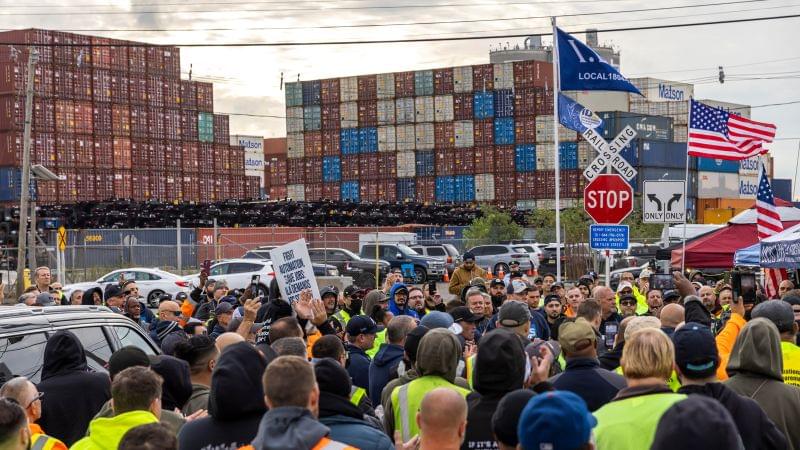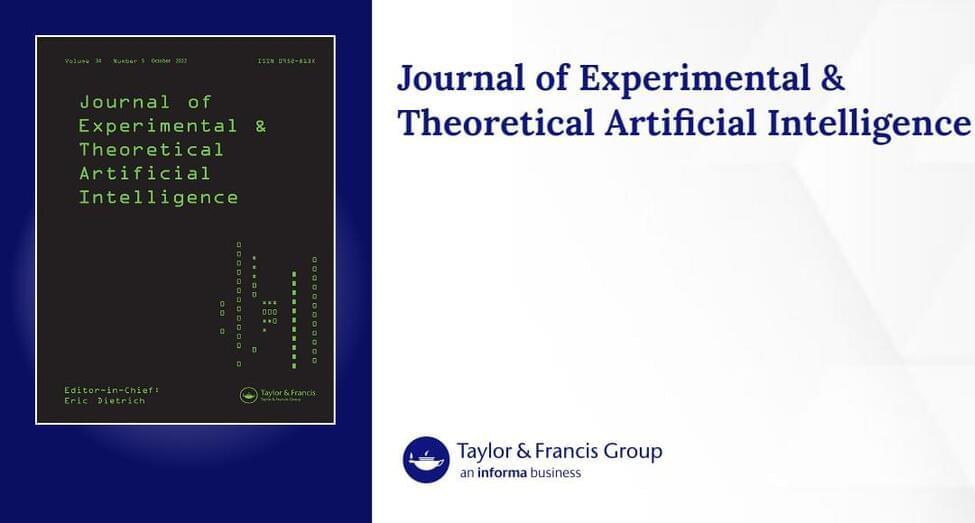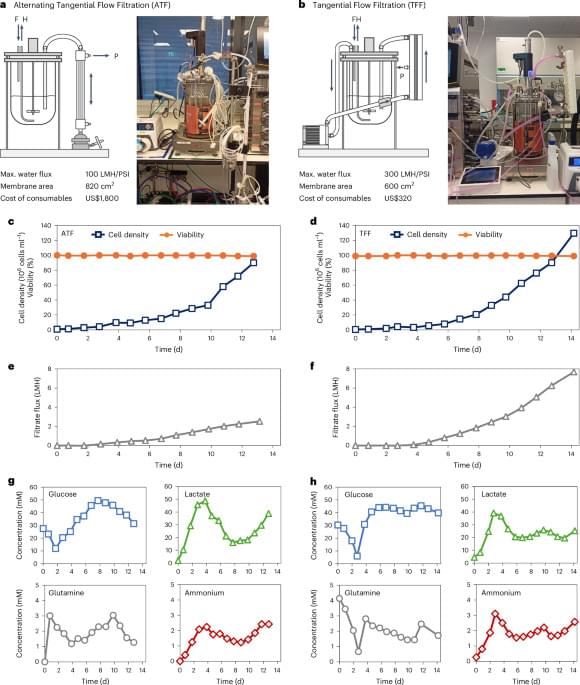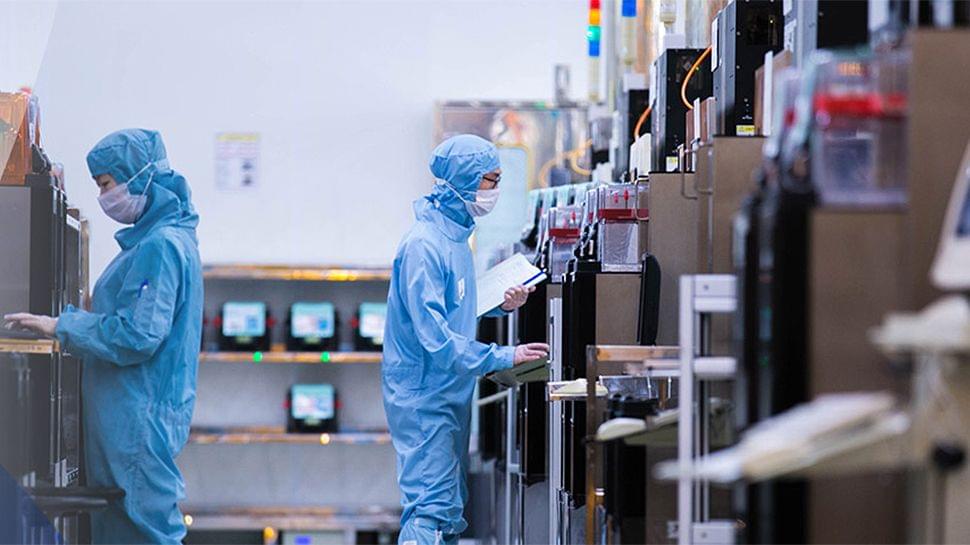The dockworkers striking up and down the East Coast are, culturally and geographically, a world apart from the Hollywood actors and writers who staged a four-month walkout last year. But their protests share a common core principle: They don’t want bots taking their jobs.
It’s a fight you can expect to see playing out a lot more as advanced automation and AI creep into virtually every workforce.
Here’s the deal: The East Coast port strike is getting a lot of attention for its potential disruption to the economy — which is precisely the point. Longshore work can be grueling, and the people working at ports are vital to getting all of the stuff we want to buy onto store shelves. No dockworkers means no bananas (or whatever), which means no profits for the companies that produce and ship them.









